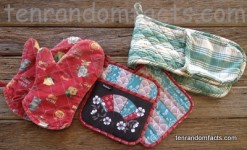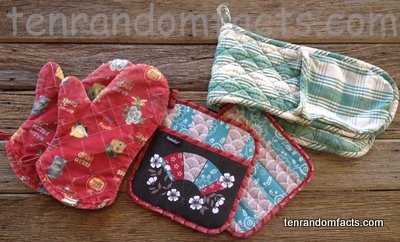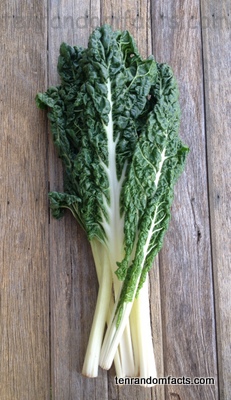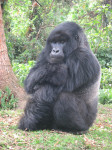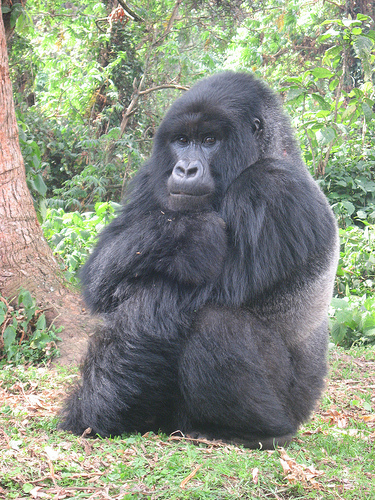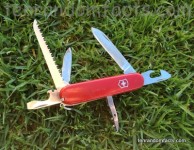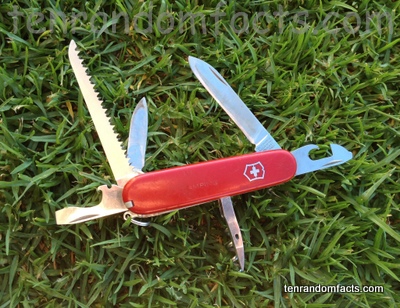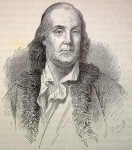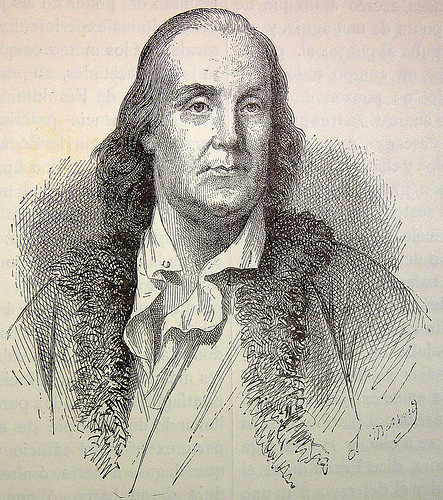
Don’t be intimidated by the Statue of Zeus at Olympia.
- The Statue of Zeus at Olympia is an ancient statue that depicts the king of Greek gods, Zeus, on his throne.
- The original site of the Statue of Zeus at Olympia was located in the Temple of Zeus, located in Olympia, in Europe’s Greece.
- The Statue of Zeus at Olympia was constructed to be 13 metres (43 feet) in height, and was included in the list of the Seven Wonders of the Ancient World.
- The Statue of Zeus at Olympia was primarily made of cedar wood covered with ivory and gold, and was decorated with precious metals and stones, wood and ivory.
- The Statue of Zeus at Olympia towered over the people who visited it, causing fear, and it was customary for athletes who participated in the ancient Olympic Games to swear an oath regarding the rules of the games, in the presence of the statue.
A Painting of the Statue of Zeus at Olympia
Image courtesy of David Casteel/Flickr
- All modern depictions of the Statue of Zeus at Olympia are based on historical descriptions, and Ancient Greek artists’ depictions that can be found on Ancient Greek coins.
- The Statue of Zeus at Olympia was built by the legendary sculptor and architect Phidias, from Ancient Greece, around 435 BC.
- The Statue of Zeus at Olympia included a sceptre, accompanied with a perched eagle in the statue’s left hand and in the right, a statue of Nike, the Ancient Greek victory goddess.
- According to Greek legend, when Phidias completed the Statue of Zeus at Olympia, the temple was struck by lightning in response to Phidias’ request of a blessing.
- The Statue of Zeus at Olympia was most likely destroyed by fire in the 5th century, either in the Ancient Roman capital Constantinople or in the Temple of Zeus in Olympia.
Bibliography:
How the Seven Wonders of the Ancient World Work, 2014, How Stuff Works, http://adventure.howstuffworks.com/seven-wonder-ancient-world4.htm
Olympia2014, Wikipedia, http://en.wikipedia.org/wiki/Statue_of_Zeus_at_Olympia






